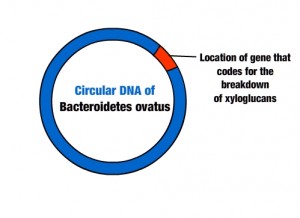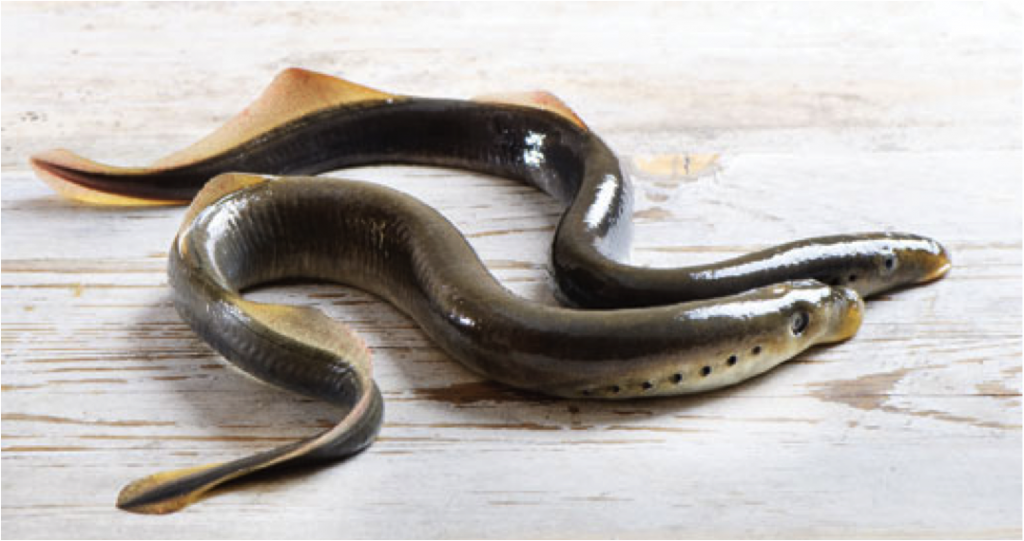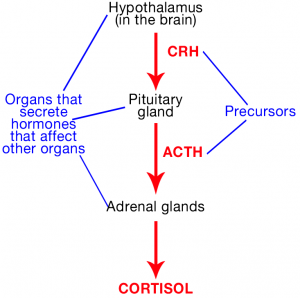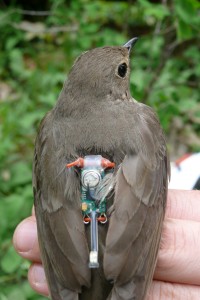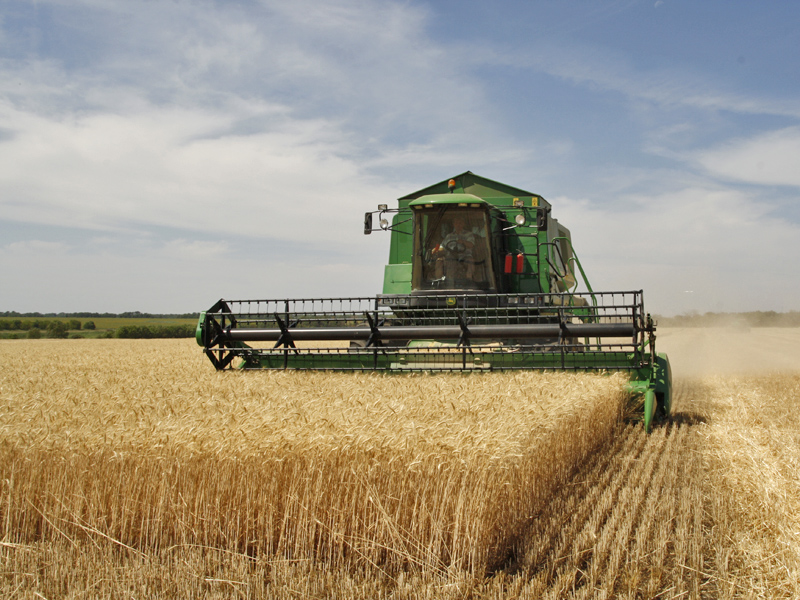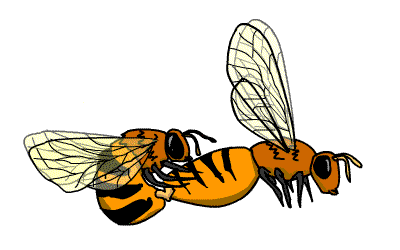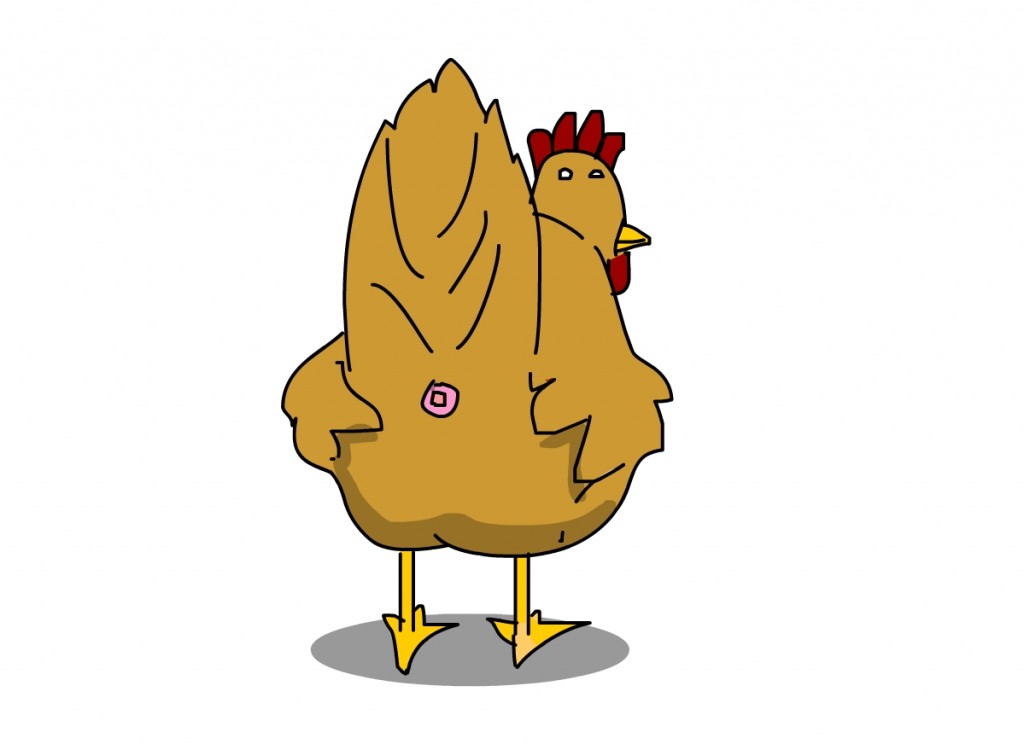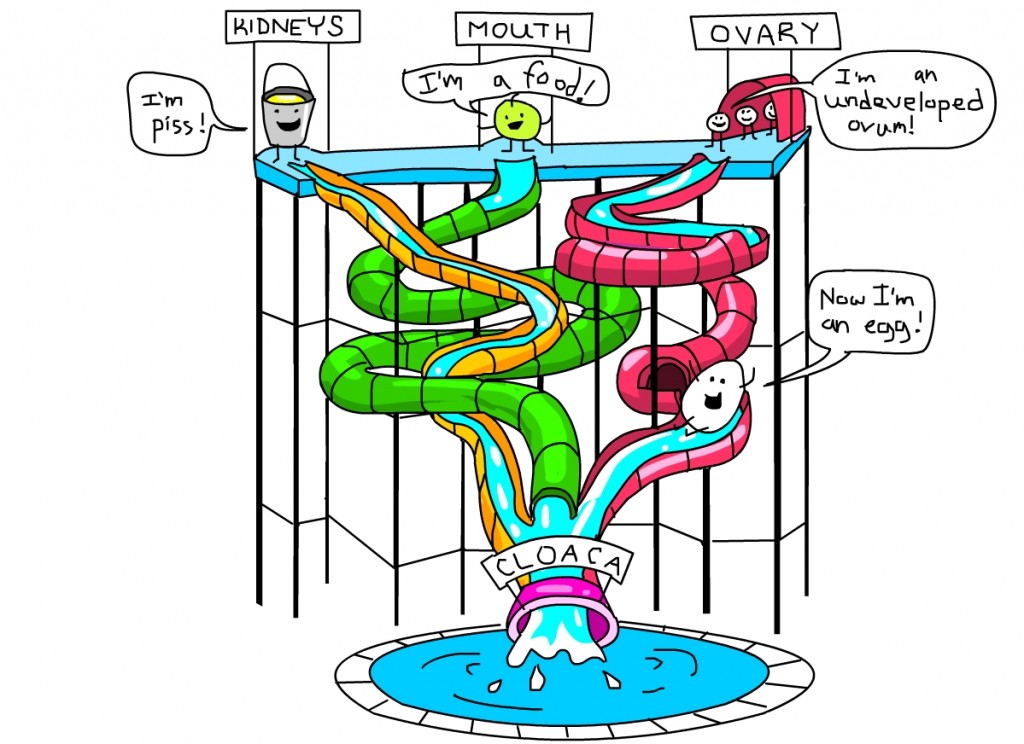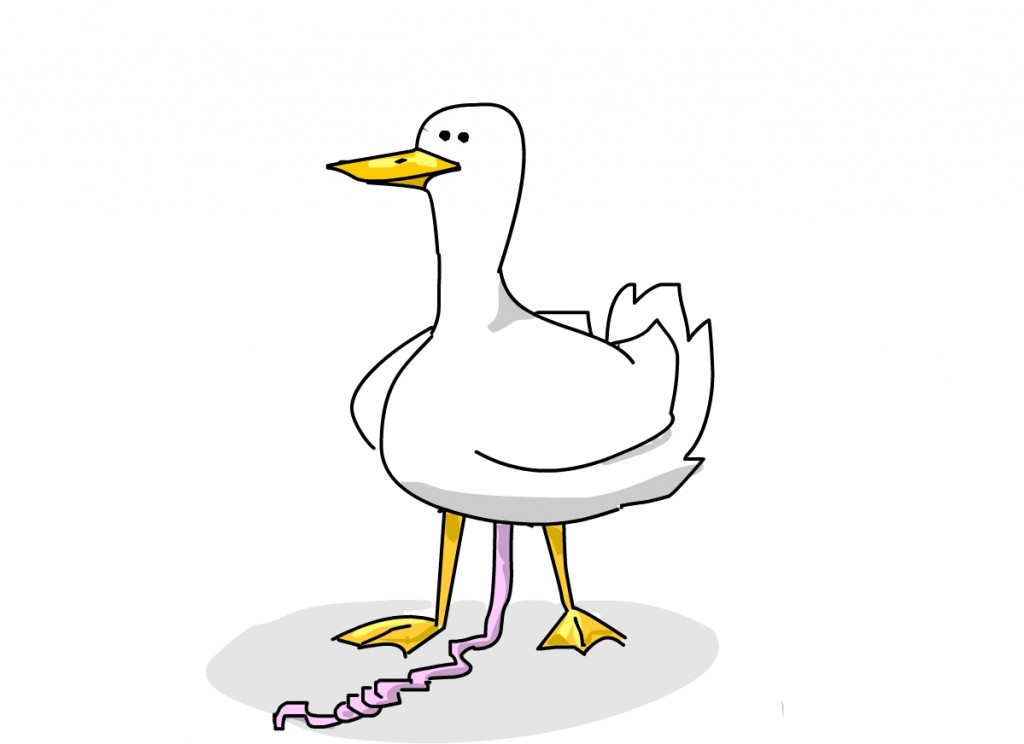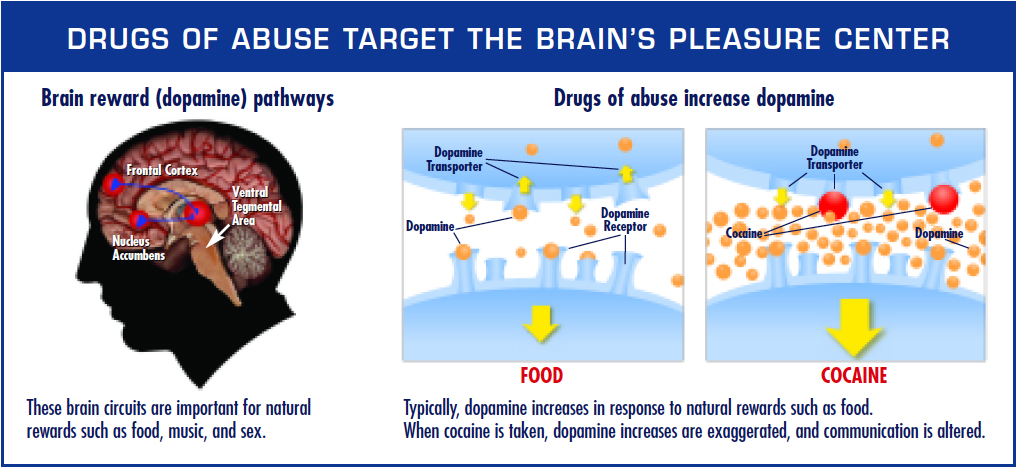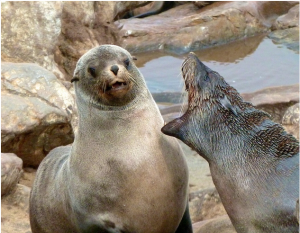In many places, there have been drastic increases in deforestation for urbanization and agriculture. Increases in the availability of housing and the space to grow foods may seem to benefit society at first glance, but urbanization and agriculture are not without their downsides. Wooded areas must be deforested to prepare land for construction and agricultural development, resulting in the destruction of natural habitats that are home to many plants and animals. As a result, endangered local wildlife will face challenges in avoiding extinction. Although humans have taken measures in attempts to preserve these forested ecosystems by preserving portions of natural forests within urban and sub-urban areas, this method of preservation is not as effective as it appears.
In this mini documentary, we will walk through Vancouver’s very own Pacific Spirit Regional Park and highlight the challenges that wildlife may face in smaller forests as a result of the continual urbanization.

From the video, we introduced Adriana Suarez-Gonzalez, a ph.D student in the department of Botany at UBC. In her 2007 study, “Pollen limitation and reduced reproductive success are associated with local genetic effects in Prunus virginiana, a widely distributed self-incompatible shrub,” Adriana Suarez-Gonzalez shows in the video that some fruit-bearing plant species, (such as the Prunus virginiana, more commonly known as the chokecherry that her research revolves around) in fragmented forests (explained in the video) are less successful at reproducing compared to those in larger, continuous forests. Since plants are lower down the food chain, animals find it hard to sustain themselves.

Photo of choke cherries, courtesy of Born 1945 on Flickr Creative Commons
The video gave us a great idea about how fragmented forests affect animals attempting to sustain themselves, but to fully understand why fruit production is a problem, we must look at reproductive barriers of plants in fragmented sites. To understand the challenges that certain fruit-bearing plants face, Ms. Suarez discusses both ecological and genetic factors influencing the reproductive success of the chokecherry in the Podcast below.
Audio clip: Adobe Flash Player (version 9 or above) is required to play this audio clip. Download the latest version here. You also need to have JavaScript enabled in your browser.
In short, the podcast shows that ecological factors involve the quantity and quality of pollen available to the plant, and genetic factors involve the effects on the genetic structure of the plant as a result of biparental inbreeding (the fertilization of plants by closely related members of the same species). These two factors put together overall affects the reproductive success of the chokecherry.
Through Adriana’s research on this model berry, we can finally grasp the idea of how fragmentation can affect the health of the ecosystem as a whole. While we may not think much of a simple berry, we can appreciate how much it actually has to offer to animals that depend on it. It is true that chokecherries are abundant and therefore not an immediate problem to wildlife that depend on it, but Adriana’s research offers a argument in how the biodiversity in continuous forests offers similar fruit-bearing plants greater success, and as a result, the success of animals that rely on it.
By SCIE300-212 Group 2: Bailey Lei, Leslie Chiang, and Kia Sanjabi
References:
Cunningham SA. 2000. Depressed pollination in habitat fragments causes lowfruit set. Proceedings: Biological Sciences 267: 1149–1152.
Bosch, Maria, and Nickolas M. Waser. “Effects of local density on pollination and reproduction in Delphinium nuttallianum and Aconitum columbianum (Ranunculaceae).” American Journal of Botany 86.6 (1999): 871-879.
Kulling, Sabine E., and Harshadai M. Rawel. “Chokeberry (Aronia melanocarpa)–a review on the characteristic components and potential health effects.” Planta medica 74.13 (2008): 1625-1634.


